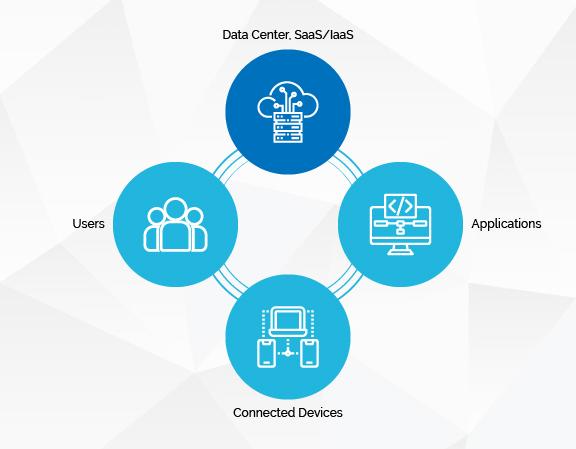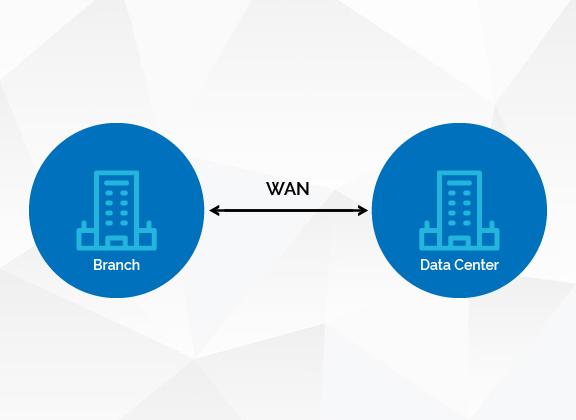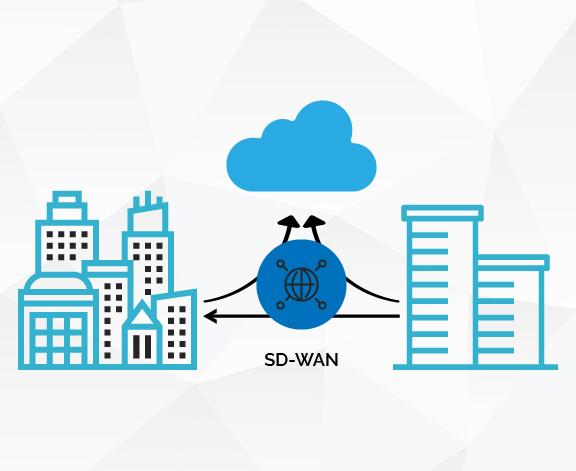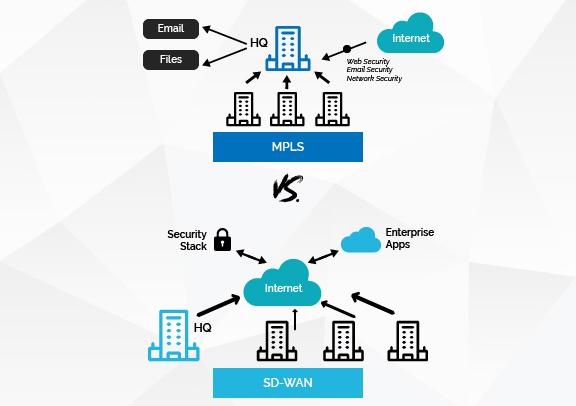Secure SD-WAN - Simplifying Connectivity

As a result, it helps to reduce the cost of communication. So, it is safe to say SD-WAN manages wide-area networks, enables easy deployment of signals, improves connectivity between two distant locations (cloud service provider and branch offices) and subsequently reduces cost.
Secure SD-WAN - Simplifying Connectivity

SD-WAN Technology and Cloud

Overall, there are remote offices and branches with or without technical resources and the biggest challenge is how to provide secure access to head office or secure Internet when the primary link goes down. The SD-WAN benefits speak for themselves, most notable are advanced resilience and security controls, global availability, high performance, visibility and scalability. It is also quite fast to deploy and is elastic and therefore can be increased and reduced in terms of capacity when necessary.
SD-WAN Technology and Cloud

Comparison: SD-WAN vs MPLS
One of the failures recorded in MPLS technology is the backup link problem. However, the technology adopted for SD-WAN has been able to correct this defect by introducing a real-time traffic configuration that is based on centralized policy.
Comprehending ROI (Return of Investment) for SDN (Software-Defined Networking) in the corporate network or even the head office data center has proven elusive. But with SD-WAN not so much, the ROI is immediately noticeable. With SD-WAN solution customers can now expand or even replace MPLS links with broadband internet services to connect users to applications and lower WAN costs by up to 80%.
Comparison: SD-WAN vs MPLS
SD-WAN and Network Security

- In the past few years, users had to connect to corporate data centers when they wanted to access certain business applications. Today, those applications can be accessed in the clouds without necessarily connecting to data centers.
- The traditional WAN has become obsolete and almost useless due to the introduction of SD-WAN.
- Long before now, traffic backhauling between two networks with the traditional WAN reduced the performance of applications and introduced latency. Meanwhile, SD-WAN introduces simplification and bandwidth efficiency. It also guarantees easy access to apps without having to sacrifice data security and privacy.
- The SD-WAN features low cost and optimizes speed. It has been able to curb low-priority applications in the networked system.
- It features centralized management across networks which in turn reduces the manual involvement of on-site IT staff and manual configuration.
- Users can choose from the array of vendor and connectivity options.
- It has increased bandwidth, compared to the traditional WAN.
- SD-WAN offers predictable services for any enterprise application.
- It has multiple hybrid links to facilitate resiliency over different upstream connectivity
- Last but not the least; enhanced cyber security feature set if the right technology partner for SD-WAN is chosen.
SD-WAN and Network Security
- In the past few years, users had to connect to corporate data centers when they wanted to access certain business applications. Today, those applications can be accessed in the clouds without necessarily connecting to data centers.
- The traditional WAN has become obsolete and almost useless due to the introduction of SD-WAN.
- Long before now, traffic backhauling between two networks with the traditional WAN reduced the performance of applications and introduced latency. Meanwhile, SD-WAN introduces simplification and bandwidth efficiency. It also guarantees easy access to apps without having to sacrifice data security and privacy.

- The SD-WAN features low cost and optimizes speed. It has been able to curb low-priority applications in the networked system.
- It features centralized management across networks which in turn reduces the manual involvement of on-site IT staff and manual configuration.
- Users can choose from the array of vendor and connectivity options.
- It has increased bandwidth, compared to the traditional WAN.
- SD-WAN offers predictable services for any enterprise application.
- It has multiple hybrid links to facilitate resiliency over different upstream connectivity
- Last but not the least; enhanced cyber security feature set if the right technology partner for SD-WAN is chosen.
See also:
